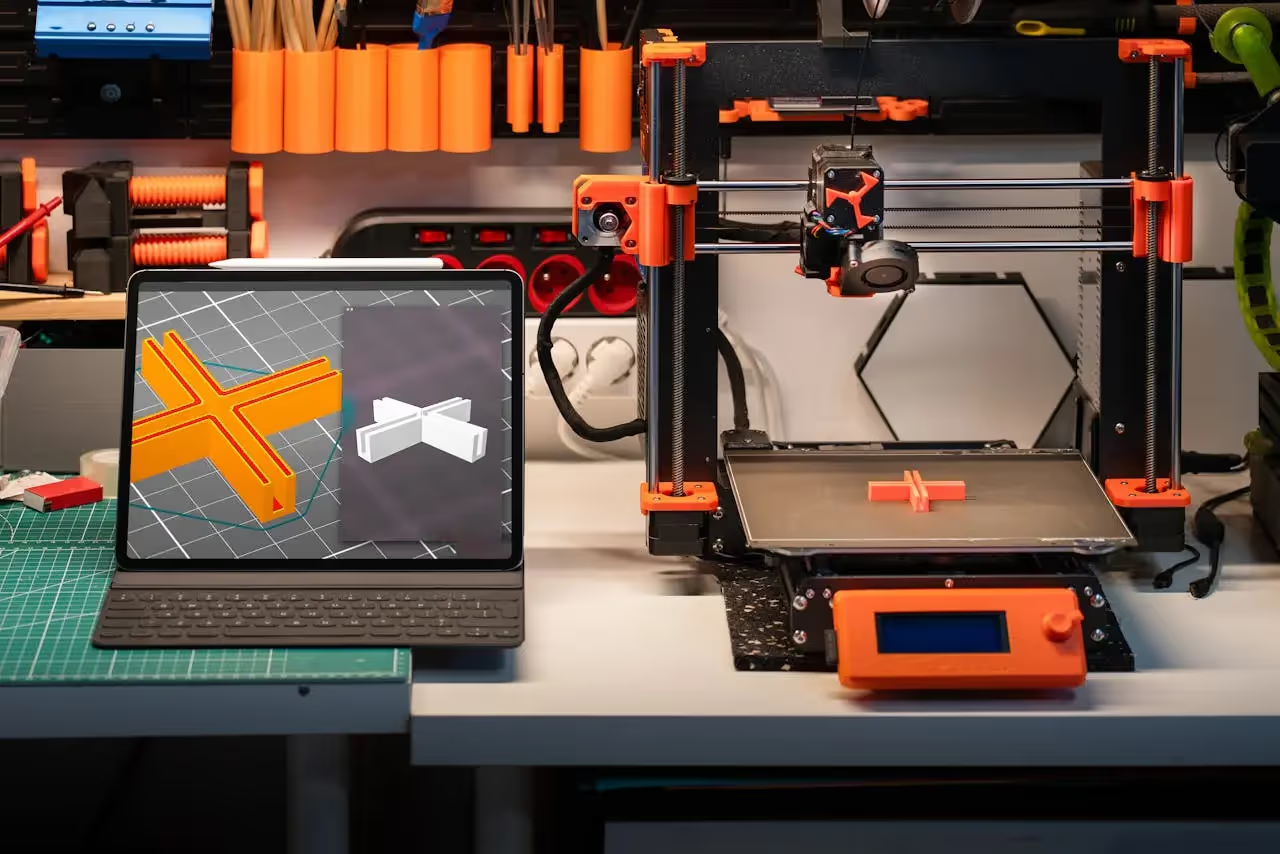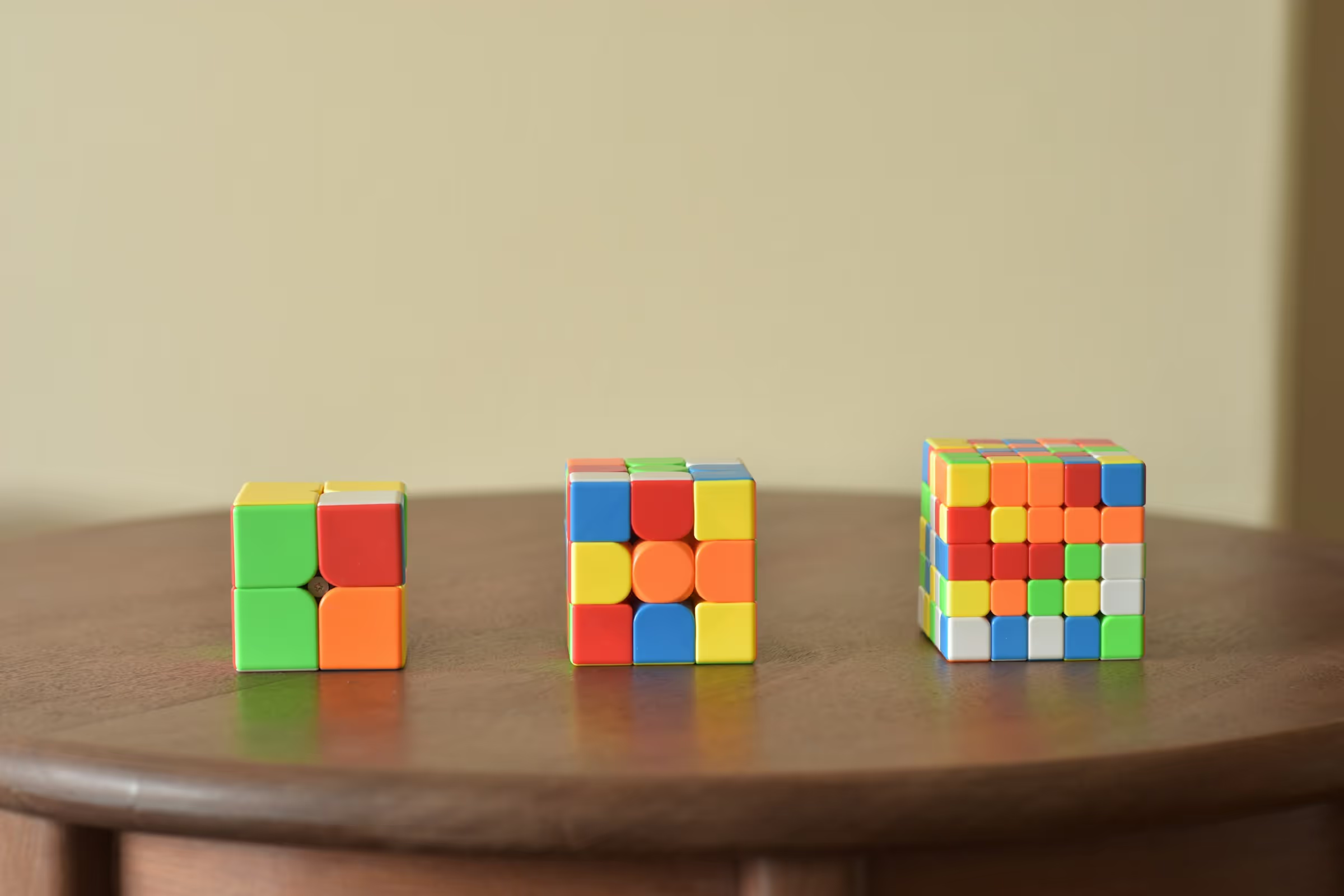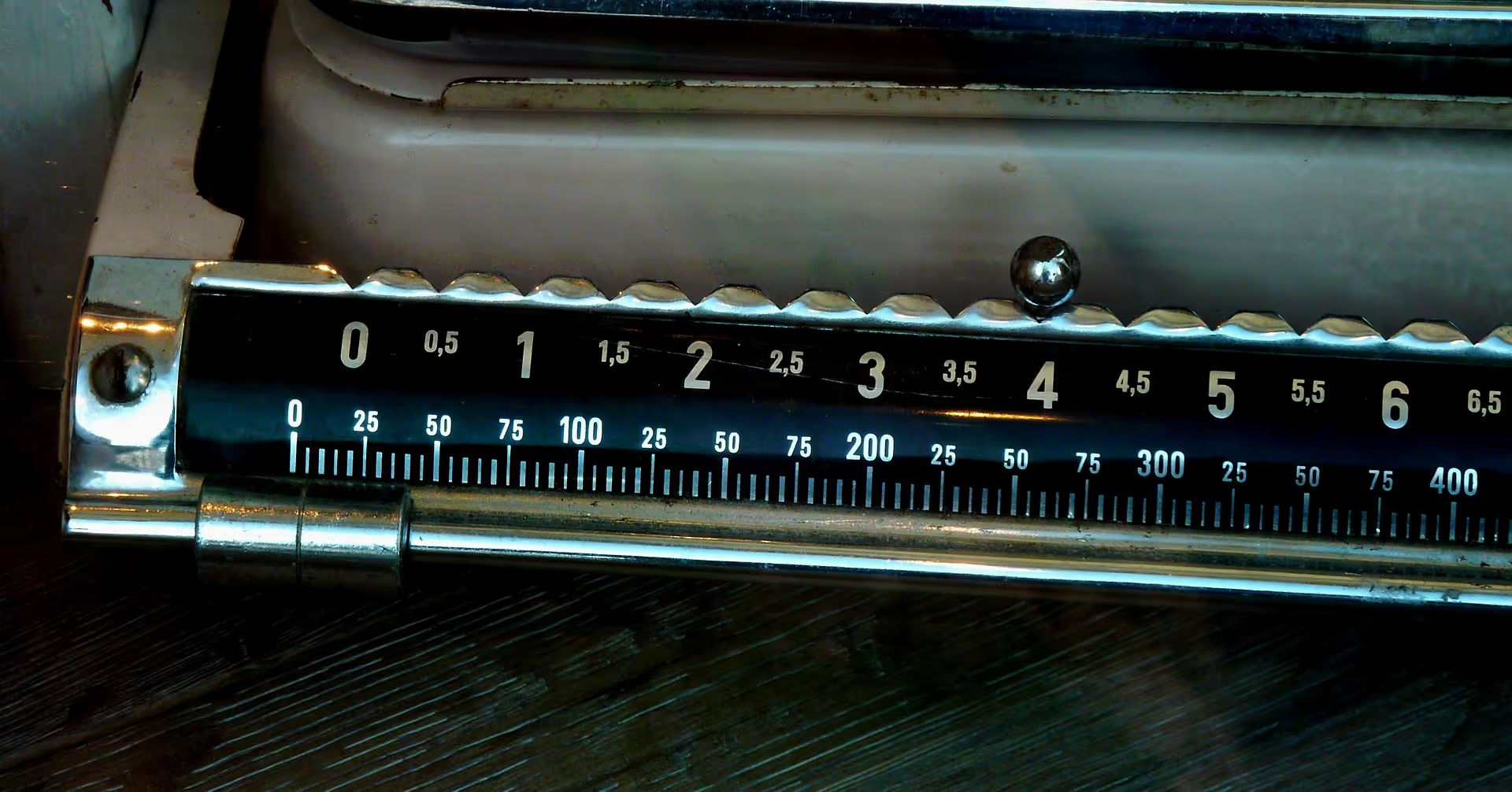A New Era of Product Design
Designing products has always been a balancing act between imagination and practicality. Ideas are born on whiteboards, transformed into sketches, turned into CAD models, then slowly materialize as prototypes. Each iteration costs time, money, and materials — and often requires guesswork about how users will respond. Augmented Reality (AR) and Virtual Reality (VR) are transforming this process, collapsing the distance between concept and reality.
With immersive technology, designers, engineers, and consumers can interact with products before a single physical prototype exists. The result? Faster cycles, lower costs, and smarter innovation.
Immersive Prototyping: Seeing Before Building
Traditional prototyping often requires multiple rounds of physical models. Each round eats into budgets and prolongs timelines. AR/VR allows teams to visualize products in true-to-scale, interactive 3D environments.
Take the automotive industry. Designers can create full car interiors in VR, testing seat placement, dashboard usability, and visibility. Engineers can adjust specifications in real-time, and decision-makers can “walk around” the vehicle virtually. What once required clay models and physical mockups now takes hours instead of weeks.
In consumer electronics, companies like Logitech are using VR to model ergonomic designs, ensuring comfort and usability before producing a single device. This reduces the trial-and-error loop, speeding time-to-market.
Cross-Border Collaboration in Virtual Spaces
One of the greatest benefits of AR/VR is how it eliminates geographical barriers. Global design teams can meet in virtual studios, manipulating the same 3D models in real time. A designer in Tokyo, an engineer in Berlin, and a product manager in San Francisco can collaborate as though they were in the same room.
This not only improves efficiency but also democratizes decision-making. Clients, suppliers, and even customers can be brought into these immersive environments to provide early feedback. Such collaboration reduces misunderstandings and creates a shared vision of the product earlier in the cycle.
Sustainability Benefits: Reducing Waste in Innovation
Physical prototyping is resource-heavy. Plastic molds, metal frames, and packaging all require energy and raw materials — and most prototypes never see the market. By moving much of this iteration into AR/VR, companies cut down on wasted resources.
This makes immersive prototyping a sustainability driver. In industries under scrutiny for their environmental footprints — fashion, manufacturing, consumer electronics — AR/VR offers a way to innovate responsibly while maintaining speed and creativity.
Case Study: Nike’s Virtual Shoe Design
Nike has embraced AR/VR to reduce its prototyping waste. Traditionally, designing a new sneaker could require multiple rounds of physical samples shipped worldwide for feedback. Now, designers create digital twins of shoes, testing colorways, textures, and ergonomics virtually.
Not only has this cut production waste, but it has also shortened design cycles dramatically. Nike reports faster launches and a significant reduction in unused prototypes.
Challenges Ahead
While the benefits are clear, adoption is not without hurdles. High-quality AR/VR hardware is still expensive, and software platforms often lack interoperability. Teams must also learn new workflows, which can slow adoption initially.
Yet as costs fall and usability improves, AR/VR is moving from experimental to essential in product design. Companies that adopt early are positioning themselves ahead of competitors who still rely solely on traditional processes.
The Future: Digital Twins and Beyond
Looking forward, AR/VR will converge with AI and digital twin technology. Digital twins — real-time virtual replicas of physical objects — will allow companies to simulate not just design but also product performance under real-world conditions. AI will provide predictive insights, suggesting improvements in design before flaws emerge.
The result will be a product design cycle that is more efficient, data-driven, and sustainable than ever before.
Conclusion
AR/VR is not just another design tool; it’s a paradigm shift. By reimagining prototyping, it accelerates innovation, reduces waste, and fosters global collaboration. From sneakers to skyscrapers, the future of product design is immersive — and companies that embrace it will find themselves ahead in both speed and sustainability.







